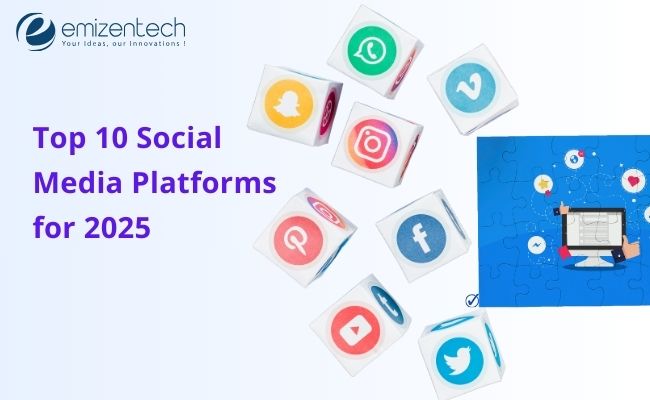HIV Drugs Market: Deep Dive into Key Trends and Emerging Insights 2032
The HIV drugs market, valued at USD 33.54 billion in 2023, plays a vital role in global healthcare, offering life-saving treatments to millions of people living with HIV. With an anticipated growth to USD 49.85 billion by 2032, the market is poised for significant developments driven by technological advancements, shifting healthcare landscapes, and evolving patient needs. Below, we delve deeper into the key trends shaping this market and what they mean for the future of HIV treatment.
Innovative Drug Delivery Systems: Redefining HIV Treatment
The approval of ViiV Healthcare’s Cabenuva in February 2022 represents a transformative moment in the HIV drugs market. Cabenuva, which combines cabotegravir and rilpivirine in an extended-release injectable form, is administered once every two months. This marks a significant departure from the traditional daily oral therapies that have long been the standard of care for HIV.
Why It Matters:
- Patient Adherence: Long-term adherence to HIV medication is crucial for effective viral suppression. Cabenuva’s extended-release formulation reduces the frequency of dosing, thereby lowering the risk of missed doses, which can lead to drug resistance and treatment failure.
- Quality of Life: For patients, particularly those who struggle with daily medication routines, the convenience of bi-monthly injections can significantly improve their quality of life, allowing them to manage their condition with less disruption to their daily activities.
Rising Adoption of Long-Acting Therapies: A Game-Changer
Long-acting therapies are becoming increasingly popular in the HIV treatment landscape. These therapies involve formulations that release the active drug over an extended period, reducing the frequency of administration. This is particularly beneficial for patients who find daily oral regimens challenging to maintain.
Why It Matters:
- Sustained Efficacy: Long-acting injectables ensure a steady level of medication in the bloodstream, which is essential for maintaining viral suppression. This approach reduces the peaks and troughs associated with daily oral dosing, which can sometimes lead to suboptimal drug levels.
- Broader Applications: Beyond just treatment, long-acting therapies are also being explored for pre-exposure prophylaxis (PrEP), which could offer at-risk individuals a more convenient and effective means of preventing HIV infection.
Expansion in Emerging Markets: Tapping into New Opportunities
The HIV epidemic continues to be most severe in low- and middle-income countries, particularly in sub-Saharan Africa and parts of Asia. However, these regions are also experiencing the fastest growth in the uptake of HIV drugs, driven by better access to healthcare, increased funding, and improved awareness.
Why It Matters:
- Market Potential: Emerging markets represent a significant growth opportunity for pharmaceutical companies. As governments and international organizations invest more in healthcare infrastructure, the demand for HIV drugs in these regions is expected to rise sharply.
- Affordability and Access: The expansion of generic drug manufacturing in these markets is crucial for making treatments more affordable and accessible. This not only helps in controlling the epidemic but also presents a lucrative market for companies able to navigate the challenges of these regions.
Focus on Combination Therapies: Enhancing Treatment Efficacy
Combination therapies, which involve the use of multiple drugs in a single regimen, have long been the cornerstone of HIV treatment. The rationale behind combination therapy is to use different drugs that target various stages of the HIV life cycle, thereby reducing the virus’s ability to develop resistance.
Why It Matters:
- Simplified Regimens: The development of single-pill combinations, where multiple drugs are combined into a single daily dose, has simplified treatment regimens, making it easier for patients to adhere to their medication schedules.
- Resistance Management: Combination therapies are critical in preventing the emergence of drug-resistant HIV strains, a major concern in long-term HIV management. By attacking the virus on multiple fronts, combination therapies make it much harder for the virus to mutate and escape treatment.
5. Patent Expirations and the Rise of Generics: A Double-Edged Sword
The HIV drugs market is on the cusp of a significant shift, with several blockbuster drugs approaching patent expiration. This opens the door for generic manufacturers to enter the market, potentially leading to lower prices and increased accessibility.
Why It Matters:
- Lower Costs: Generic drugs typically come at a fraction of the cost of their branded counterparts, making HIV treatment more affordable, especially in low- and middle-income countries where access to expensive medication has been a major barrier.
- Market Competition: While the rise of generics is beneficial for patients, it also intensifies competition in the market, pushing companies to innovate and develop new therapies to maintain their market share.
Increasing Government and NGO Initiatives: Expanding Treatment Access
Governments and non-governmental organizations (NGOs) have been pivotal in expanding access to HIV treatment, particularly in resource-limited settings. Through various programs aimed at increasing awareness, providing free or subsidized medication, and reducing the stigma associated with HIV, these initiatives are critical in the global fight against the epidemic.
Why It Matters:
- Public Health Impact: These initiatives are essential in curbing the spread of HIV, particularly in regions with high transmission rates. By increasing access to testing and treatment, these programs help in early detection and prompt treatment, which is key to managing the epidemic.
- Market Expansion: For pharmaceutical companies, these initiatives often translate into partnerships and funding opportunities that support the development and distribution of HIV drugs in underserved markets.
Emerging Technologies and Personalized Medicine: The Future of HIV Treatment
The integration of emerging technologies, such as artificial intelligence (AI), genomics, and personalized medicine, is poised to revolutionize the HIV drugs market. These advancements enable a more tailored approach to treatment, improving efficacy and reducing side effects.
Why It Matters:
- Precision Treatment: Personalized medicine allows for treatment regimens to be tailored to individual patients based on their genetic makeup and the specific characteristics of their HIV infection. This can lead to more effective and less toxic treatment options.
- Predictive Analytics: AI and machine learning are being used to predict how patients will respond to certain treatments, enabling healthcare providers to make more informed decisions and optimize treatment plans.








